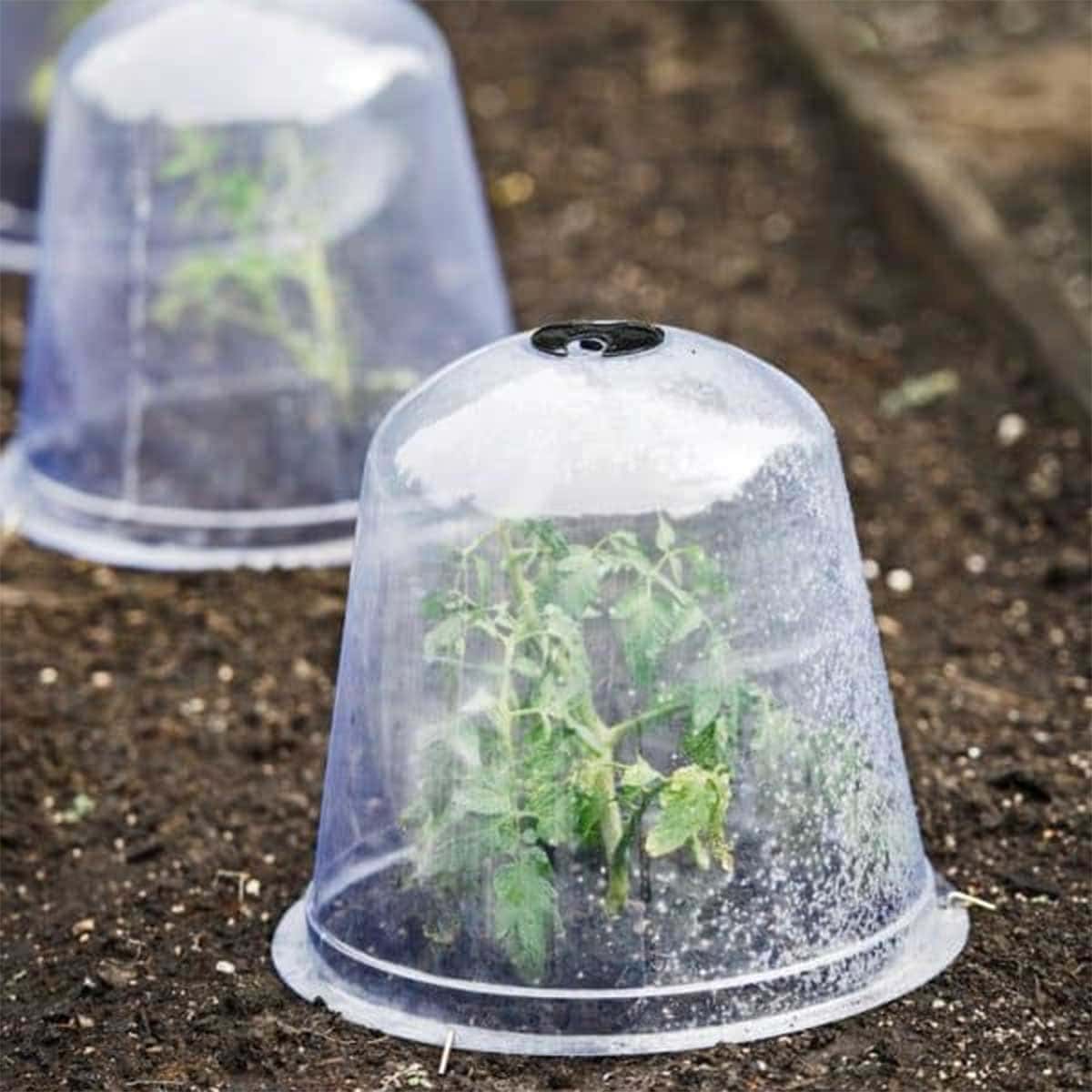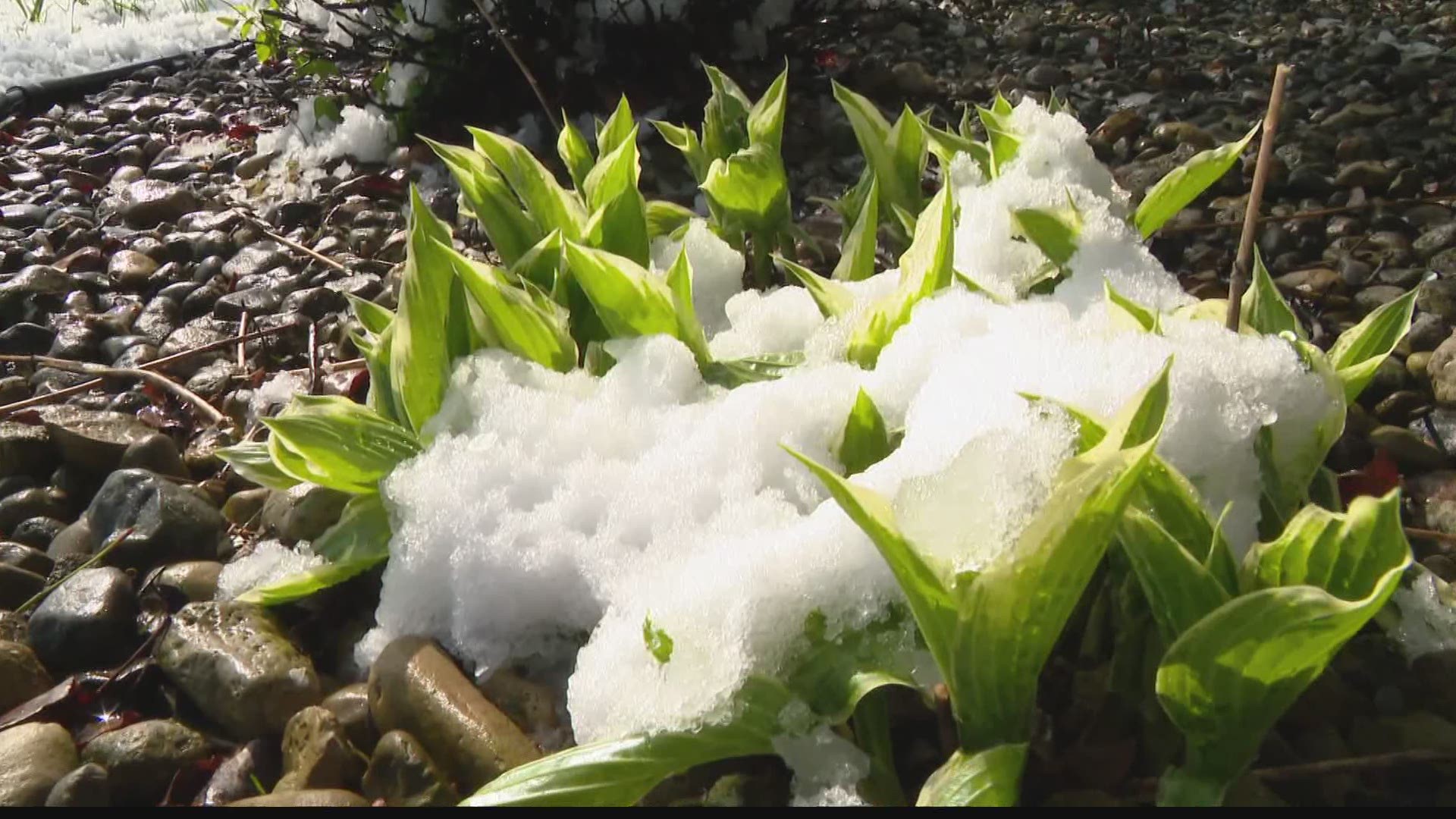Understanding the Risks of Frost Damage
Frost damage can have devastating consequences for flowers, including plant death and financial loss. When temperatures drop below freezing, the delicate petals and leaves of flowers can become damaged or even killed. This can lead to a significant loss of investment, not to mention the emotional attachment we have to our beloved blooms. In fact, frost damage can result in the death of entire plants, leaving gardeners with a sense of disappointment and frustration. Therefore, it is crucial to learn how to protect flowers from freeze and take proactive measures to safeguard them against frost damage. By doing so, gardeners can ensure the survival and thriving of their flowers, even in the harshest of winter conditions.
Pre-Frost Preparations: Tips for Hardy and Tender Plants
Before the first frost hits, it’s essential to prepare flowers for the cold weather ahead. This involves a combination of pruning, mulching, and covering techniques tailored to the specific needs of hardy and tender plants. For hardy plants, pruning dead or damaged branches can help promote healthy growth and reduce the risk of frost damage. Tender plants, on the other hand, require more extensive protection, such as covering with blankets or sheets to insulate them from the cold. By understanding how to protect flowers from freeze, gardeners can take proactive measures to safeguard their blooms and ensure they thrive throughout the winter months. Additionally, mulching and bedding strategies can provide an extra layer of protection, helping to retain moisture and regulate soil temperature. By taking these steps, gardeners can enjoy a vibrant and healthy garden even in the midst of winter.
How to Create a Protective Barrier: Covering Options and Techniques
When it comes to protecting flowers from frost, creating a protective barrier is crucial. One of the most effective ways to do this is by covering flowers with a layer of insulation. There are several covering options available, including blankets, sheets, and frost cloths. Blankets and sheets can be used to cover entire plants or beds, while frost cloths are designed specifically for frost protection and can be draped directly over individual plants. To properly apply these coverings, gardeners should ensure they are securely fastened to the ground or a trellis to prevent wind from dislodging them. Additionally, it’s essential to remove coverings during the day to allow plants to breathe and receive sunlight. By understanding how to protect flowers from freeze using these covering techniques, gardeners can create a protective barrier that shields their blooms from frost damage. This simple yet effective method can make all the difference in preserving the health and beauty of flowers throughout the winter months.
The Power of Insulation: Mulching and Bedding Strategies
Mulching and bedding are two effective strategies for protecting flowers from frost damage. By applying a layer of organic material, such as straw, bark chips, or leaves, gardeners can create an insulating barrier that retains moisture and regulates soil temperature. This helps to prevent soil from freezing, which can cause damage to plant roots. Additionally, mulching and bedding can help to suppress weeds, reduce soil erosion, and promote healthy soil biota. When it comes to choosing the right mulching materials, gardeners should opt for organic options that are free of weeds and diseases. It’s also essential to apply mulch at the right depth, typically 2-3 inches, to ensure effective insulation. By incorporating mulching and bedding into their winter flower protection strategy, gardeners can create a robust defense against frost damage and ensure their blooms thrive throughout the cold winter months. By understanding how to protect flowers from freeze using these techniques, gardeners can enjoy a vibrant and healthy garden even in the midst of winter.
Bringing Plants Indoors: A Guide to Winterizing Containers
When the threat of frost looms, bringing plants indoors can be a lifesaver for tender flowers. Winterizing containers is a crucial step in protecting flowers from freeze damage, and it requires careful planning and attention to detail. To start, gardeners should select pots that are at least 1-2 sizes larger than the plant’s current container to accommodate the plant’s growth during the winter months. Next, they should prepare the soil by adding organic matter such as compost or peat moss to improve drainage and retain moisture. Before bringing plants indoors, it’s essential to inspect them for pests and diseases, and treat any infestations promptly. Once indoors, plants should be placed in a bright, cool location with temperatures between 40-50°F (4-10°C). Watering should be reduced to once a week, and fertilization should be suspended until spring. By following these guidelines, gardeners can successfully winterize their containers and keep their flowers thriving until the threat of frost has passed. By understanding how to protect flowers from freeze using these techniques, gardeners can enjoy a vibrant and healthy indoor garden even in the midst of winter.
Frost-Resistant Flowers: Choosing the Right Varieties
When it comes to protecting flowers from frost, one of the most effective strategies is to choose varieties that are naturally resistant to cold temperatures. Frost-resistant flowers have evolved to thrive in harsh winter conditions, and they can provide a beautiful and resilient display even in the midst of frost. Some popular frost-resistant flower varieties include pansies, violas, and cyclamen, which can tolerate light frosts and continue to bloom throughout the winter months. Other options include winter aconite, snowdrops, and winter jasmine, which can survive even the harshest frosts. When selecting frost-resistant flowers, gardeners should consider factors such as growth habits, bloom times, and care requirements to ensure they choose varieties that are well-suited to their climate and garden conditions. By incorporating frost-resistant flowers into their garden, gardeners can enjoy a vibrant and thriving display even in the dead of winter, and reduce the need for extensive protection measures. By understanding how to protect flowers from freeze using these techniques, gardeners can create a beautiful and resilient winter garden that will thrive for years to come.
Monitoring Weather Conditions: Staying Ahead of Frost
One of the most critical steps in protecting flowers from frost is monitoring weather conditions to anticipate the threat of frost. By staying informed about temperature drops and frost warnings, gardeners can take proactive measures to safeguard their blooms. There are several ways to stay ahead of frost, including using weather apps, frost alerts, and local news reports. Weather apps, such as Dark Sky or Weather Underground, provide hyperlocal forecasts that can alert gardeners to impending frost. Frost alerts, issued by local authorities or gardening organizations, can also provide timely warnings of frost events. Additionally, gardeners can monitor temperature fluctuations by installing thermometers in their gardens or by using online temperature tracking tools. By staying informed about weather conditions, gardeners can take swift action to protect their flowers from frost, whether it’s covering them with blankets, bringing them indoors, or applying mulch to insulate the soil. By understanding how to protect flowers from freeze through effective weather monitoring, gardeners can ensure their blooms remain healthy and thriving throughout the winter months.
Post-Frost Care: Reviving Damaged Flowers
After a frost, it’s essential to provide proper care to damaged flowers to promote recovery and prevent further damage. One of the first steps is to prune any damaged or dead foliage to prevent the spread of disease and encourage new growth. This can be done using clean, sharp pruning tools to remove any affected areas. Next, flowers should be watered carefully to prevent overwatering, which can exacerbate frost damage. Fertilizing with a balanced fertilizer can also help to promote recovery and provide essential nutrients to the plant. Additionally, gardeners can consider applying a layer of mulch to insulate the soil and protect the roots from further cold temperatures. By understanding how to protect flowers from freeze and providing proper post-frost care, gardeners can help their flowers recover from frost damage and thrive in the coming growing season. It’s also important to note that some flowers may require more extensive care, such as repotting or dividing, to fully recover from frost damage. By taking a proactive approach to post-frost care, gardeners can minimize the impact of frost and ensure their flowers remain healthy and vibrant.



:max_bytes(150000):strip_icc()/install-landscape-fabric-for-weed-control-6a-5d90efbcfaf54a8f8af8361b2f99bc3d.jpg)


